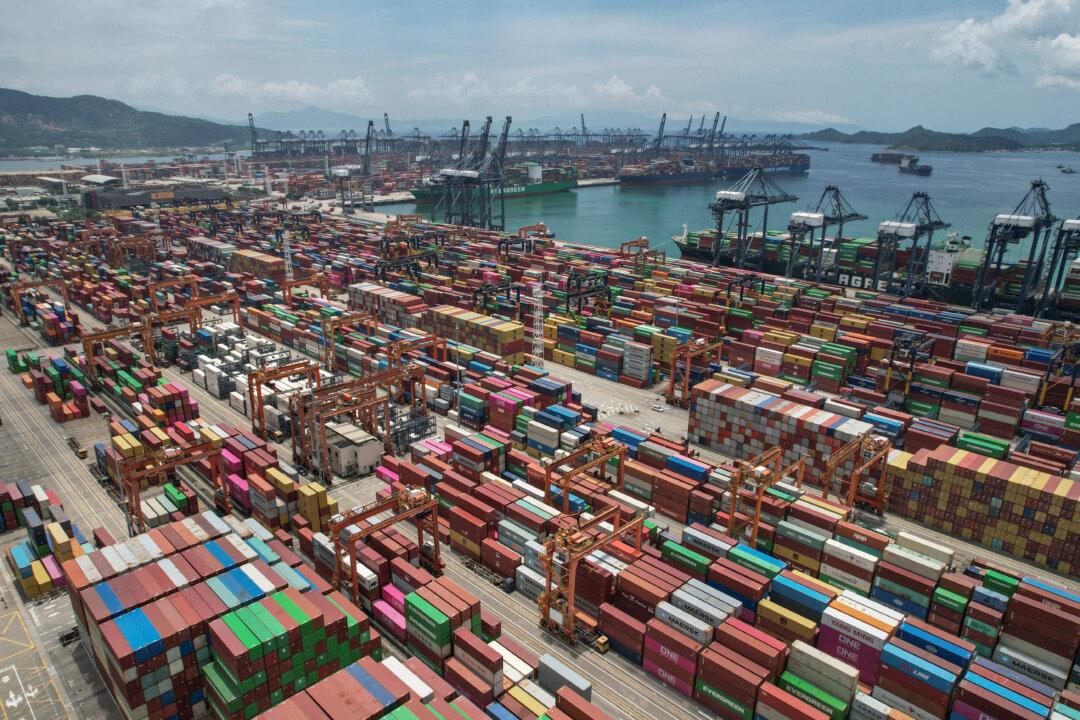Commentary
The Chinese Communist Party (CCP) leverages an opaque system of direct and indirect state subsidies to artificially lower export prices, enabling China to dominate key manufacturing sectors aligned with its long-term strategic goals.

The Chinese Communist Party (CCP) leverages an opaque system of direct and indirect state subsidies to artificially lower export prices, enabling China to dominate key manufacturing sectors aligned with its long-term strategic goals.